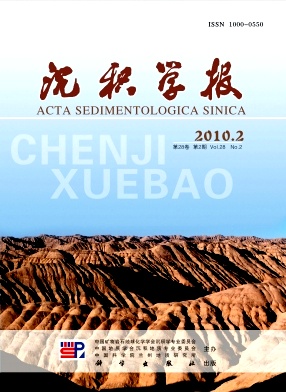The Distinctive Sediments in the Early Triassic Recovery Time:“Anachronistic Facies
- Received Date: 1900-01-01
- Rev Recd Date: 1900-01-01
- Publish Date: 2010-04-10
-
Key words:
- Early Triassic
Abstract: After long term hotspot study about the endPermian mass extinction and relative catastrophic events, scientists recently focused on the aftermaths of mass extinction, such as ecosystems and sedimentary systems. The Early Triassic ecosystems immediately following the endPermian mass extinction were dominated by cosmopolitan members and opportunists, therefore, the importance of sediment records are obviously emerged, and "anachronistic facies" are becoming research foreland, such as flatpebble conglomerates, vermicular limestone, subtidal wrinkle structures, microbialite, carbonate seafloor fans, thinbedded limestone and zebra limestonemudstone.
As the aftermaths of geologic transition, the appearance of "anachronistic facies" sediment immediately following the mass extinction and the elimination from normal shallow marine setting in the early Middle Triassic with the final establishment of the Mesozoic ecosystems in the Late Anisian. The dramatic synchronization between the changes of sedimentary systems and the radiation of the Mesozoic biotas further demonstrates that there were the inevitable interrelations among the sedimentary systems, ecosystems, mass extinction and recovery and specific environment. The study of the "anachronistic facies" sediment in an absence of fossils record Lower Triassic strata provide valuable materials and new angle of view to seek the endPermian mass extinction and recovery.
| Citation: | ZHAO Xiaoming. The Distinctive Sediments in the Early Triassic Recovery Time:“Anachronistic Facies[J]. Acta Sedimentologica Sinica, 2010, 28(2): 314-323. |






 DownLoad:
DownLoad: